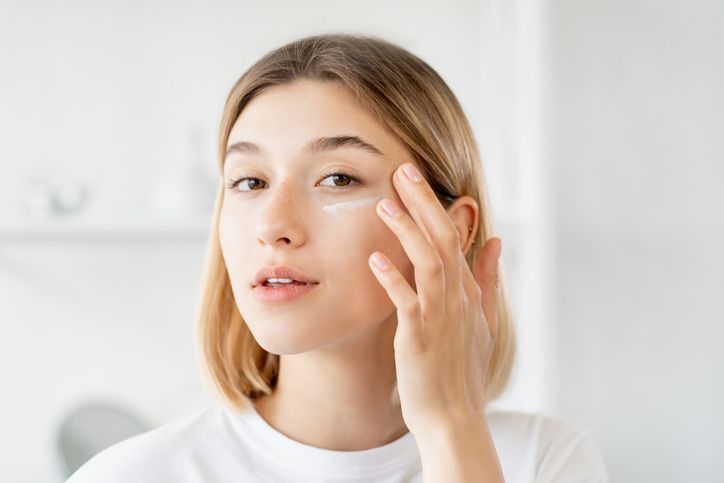- Home
- Trend
- Weight Loss Strategies
- Acne Tips
- Hair Health Information
- Blemish Removal Tips
- Acne Scar Removal Tips
- Muscle Building Techniques
- Intimate Care Tips
- Postpartum Intimate Care
- Eye Bags Wiki
- Tips for Face Slimming
- Secret of Permanent Hair Removal
- Breast Enlargement Tips
- Cure to Snoring
- Marionette Lines
- Skin-Tightening Secrets
Sudden hair loss can be a distressing experience, impacting both physical appearance and emotional well-being. Addressing it promptly is crucial to mitigate its effects and promote regrowth. This blog delves into the common triggers of sudden hair loss, identifies underlying causes, and outlines effective treatment options and preventive measures.
Unveiling the Culprits: Understanding Sudden Hair Loss
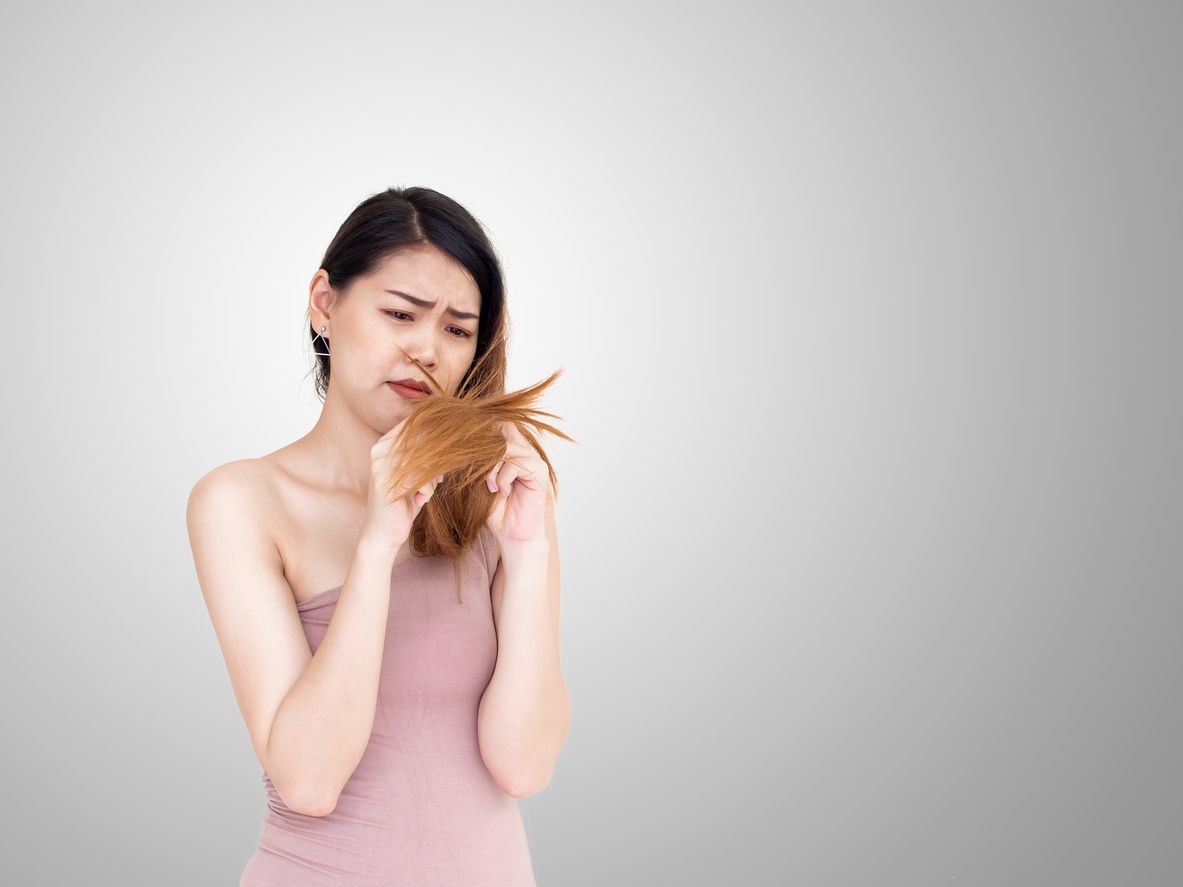
Hair loss can be a distressing experience, and sudden hair loss can be particularly alarming. Fortunately, various factors can contribute to sudden hair loss, and understanding these causes is the first step towards effective treatment and prevention. Here's a breakdown of some common culprits:
1. Medical Conditions
Underlying medical conditions can sometimes manifest through sudden hair loss. These might include:
• Hormonal Imbalances: Conditions like thyroid disorders, polycystic ovary syndrome (PCOS), and postpartum hormonal changes can disrupt the hair growth cycle, leading to hair loss.
• High Blood Pressure: Certain medications used to manage high blood pressure can have hair loss as a side effect.
• Nutritional Deficiencies: Our bodies rely on essential vitamins and minerals to maintain healthy hair growth. Deficiencies in iron, zinc, vitamin D, and biotin can weaken hair follicles and contribute to sudden hair shedding.
• Stress and Lifestyle Factors: Acute or chronic stress can trigger a temporary hair loss condition known as telogen effluvium. During telogen effluvium, a larger than usual number of hair follicles prematurely enter the resting phase, resulting in increased hair shedding weeks or even months later. Similarly, drastic lifestyle changes, like sudden weight loss or surgery, can also trigger telogen effluvium.
2. External Factors
Our hair can be susceptible to damage from external factors, leading to sudden hair loss. Examples include:
• Tight Hairstyles: Hairstyles that pull on the hair, such as tight braids, cornrows, or ponytails, can cause a type of hair loss called traction alopecia.
• Heat Styling Tools: Excessive use of hot styling tools like curling irons and flat irons can damage the hair shaft, leading to breakage and hair loss.
• Chemical Treatments: Harsh chemical treatments, such as bleaching or relaxing hair, can irritate the scalp and damage hair follicles, contributing to sudden hair loss.
Understanding Sudden Hair Loss and What is the Increase Risk
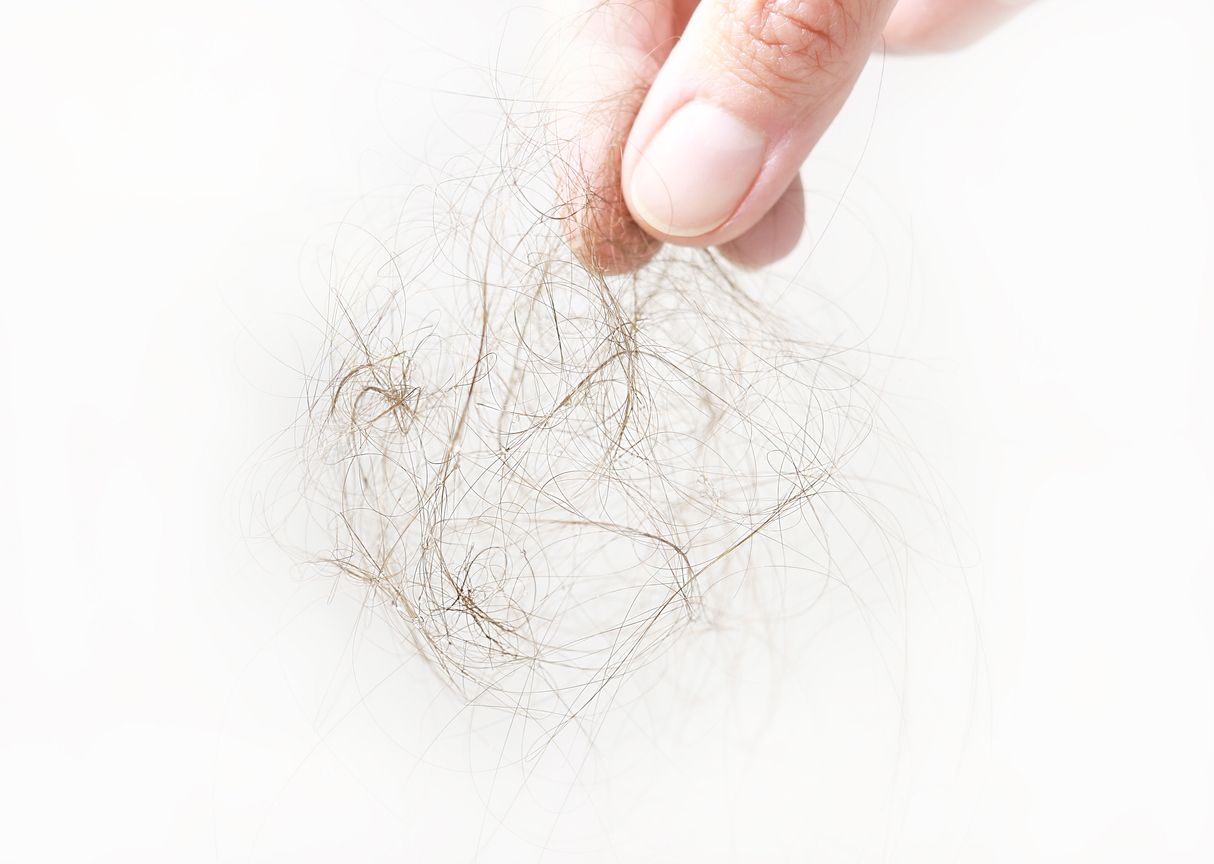
Now that we've explored the common causes of sudden hair loss, let's delve deeper into identifying the root cause in your specific case. This understanding empowers you to seek the most effective treatment approach.
Identifying the specific reason behind your sudden hair loss often involves a collaborative effort between you and your healthcare professional, typically a dermatologist or trichologist (a specialist in hair and scalp health). Here's a breakdown of the steps involved:
1. Medical History Review
Your doctor will meticulously review your medical history, looking for potential triggers. This includes:
• Past and Present Medical Conditions: This review helps identify any underlying health issues that may be contributing to hair loss, such as high blood pressure, thyroid disorders, or recent hormonal changes (e.g., postpartum or due to medications).
• Medications: Certain medications, including those used to manage high blood pressure or treat other conditions, can have hair loss as a side effect. Sharing a complete list of your medications with your doctor can be helpful.
• Lifestyle Changes: Did you experience any recent significant lifestyle changes, such as drastic weight loss, surgery, or extreme stress? These events can sometimes trigger temporary hair loss.
2. Blood Tests and Scalp Examinations
In some cases, additional tests might be needed to pinpoint the cause:
• Blood Tests: Blood tests can reveal potential nutritional deficiencies (iron, zinc, vitamin D, biotin) or hormonal imbalances that may be contributing to hair loss. They can also check for signs of underlying medical conditions.
• Scalp Examination: A dermatologist will closely examine your scalp during a consultation. This helps diagnose specific scalp disorders that might be causing hair loss, such as fungal infections or alopecia areata (an autoimmune disease). Additionally, the examination can reveal signs of physical damage to hair follicles caused by tight hairstyles, harsh chemical treatments, or excessive heat styling.
3. Genetic Predisposition
Family history plays a significant role in hair loss. Sharing your family's history of hair loss with your doctor can help determine if you're genetically predisposed to certain types of hair loss, such as male or female pattern baldness. This information can be crucial in tailoring a personalised treatment plan.
免費體驗
F8 Hair Regrowth Treatment
1 Minute Self-Registration
Date should not be before minimal date
Type of Permanent Hair Loss You May Encounter
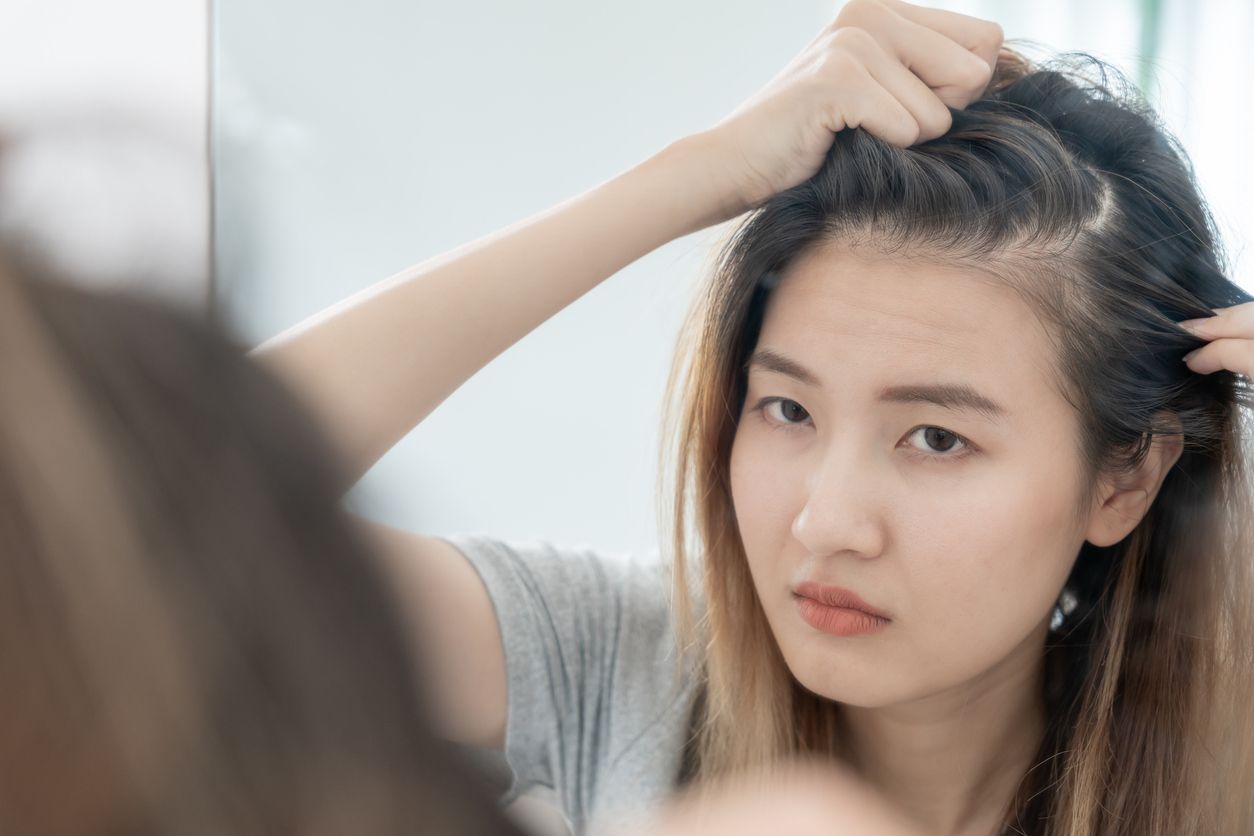
Exploring the various types of permanent hair loss you may encounter, one notable condition is Alopecia Areata, characterised by the immune system's attack on hair follicles, resulting in small, round patches of hair loss on the scalp or body.
1. Alopecia Areata: This is an autoimmune condition where the immune system mistakenly attacks hair follicles, leading to hair loss in small, round patches on the scalp or other parts of the body. In some cases, it can progress to total hair loss on the scalp (alopecia totalis) or entire body (alopecia universalis).
2. Telogen Effluvium: This type of hair loss occurs when a significant number of hair follicles prematurely enter the telogen (resting) phase of the hair growth cycle. It can be triggered by factors such as severe stress, hormonal changes (like childbirth or menopause), illness, certain medications, or nutritional deficiencies. Telogen effluvium often results in diffuse hair shedding rather than specific bald patches.
3. Traction Alopecia: Traction alopecia is caused by repetitive pulling or tension on the hair follicles, often due to tight hairstyles like braids, ponytails, or extensions. Over time, this constant tension can damage the follicles and lead to hair loss, typically around the hairline or where the hair is pulled tightly.
4. Anagen Effluvium: This type of hair loss occurs when hair follicles are disrupted during the anagen (growth) phase of the hair growth cycle. It is commonly associated with factors like chemotherapy or radiation therapy for cancer treatment, which can affect rapidly dividing cells including hair follicles. Anagen effluvium results in sudden and severe hair loss.
5. Scarring Alopecia: Also known as cicatricial alopecia, this type of hair loss occurs when inflammation or damage to the hair follicles leads to scar tissue formation. The scar tissue replaces the hair follicles, preventing new hair growth in the affected areas. Scarring alopecia can result from various conditions such as lupus, lichen planus, or certain infections.
Both male and female pattern hair loss are progressive conditions that require ongoing management to maintain hair density and prevent further hair loss. Early intervention and personalised treatment plans are key to effectively managing these types of hair loss.
Supporting Hair Regrowth: How to Stop Thinning Hair ?
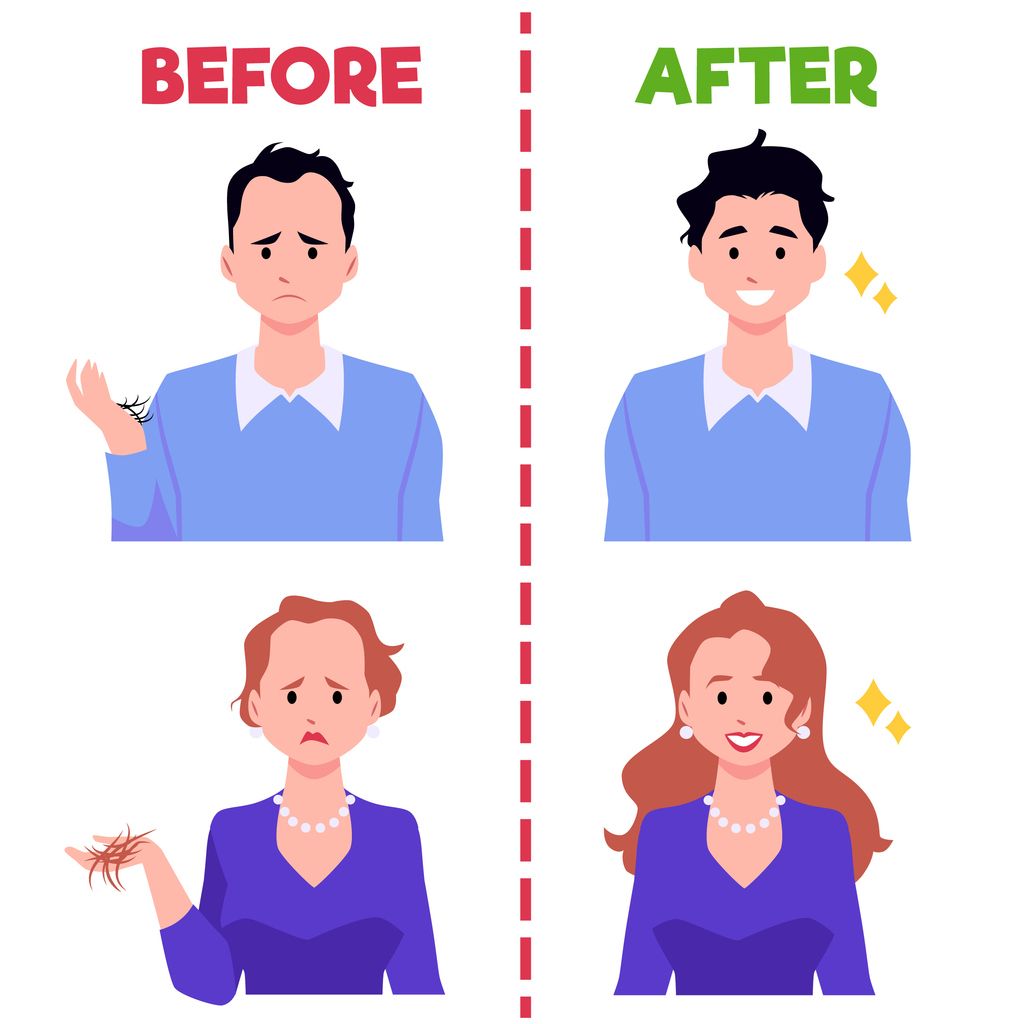
Hair regrowth isn't just about applying a magic product. It's a multi-pronged approach that combines targeted treatments with healthy lifestyle changes. Here's a breakdown of key areas to focus on:
1. Extending the Anagen Phase: The Growth Engine
Every hair follicle goes through a growth cycle with distinct phases: anagen (growth), catagen (transition), and telogen (resting). The length of the anagen phase determines how long a hair grows before shedding. Treatments and practices that prolong this phase translate to longer, thicker hair growth.
• Low-Level Laser Therapy (LLLT): This non-invasive treatment uses low-energy lasers to stimulate hair follicles, potentially extending the anagen phase. For example, Perfect Medical offers the innovative F8 Hair Regrowth Treatment, a state-of-the-art laser procedure for hair loss. This treatment utilises low-energy laser beams to improve blood circulation, keep the scalp healthy, and encourage hair growth. It's safe, painless, and addresses various hair loss concerns, providing a comprehensive solution to stimulate and maintain hair growth.
• Scalp Microneedling: This technique creates tiny controlled punctures in the scalp, promoting blood circulation and potentially stimulating hair growth.
• Certain topical medications: Minoxidil, for example, may lengthen the anagen phase by stimulating hair follicles. Consult a healthcare professional for specific recommendations.
2. Nourishing Your Hair from Within: The Dietary Connection
Hair, just like your skin and muscles, needs a steady supply of certain nutrients to grow healthy and strong. Deficiencies in certain vitamins and minerals can contribute to hair loss or slow growth. Here's how a balanced diet rich in specific nutrients can support your hair growth journey
• Biotin: This B vitamin helps convert food into energy, which is crucial for hair follicle function and growth. Consider including biotin-rich foods like eggs, nuts, and avocados in your diet.
• Vitamin D: Plays a role in cell production, including hair follicle cells. Fatty fish, mushrooms, and fortified dairy products are good sources of Vitamin D. Sunlight exposure can also help your body synthesise Vitamin D, but consult your doctor for recommended levels.
• Vitamin A: Supports scalp health and sebum production, which keeps the scalp moist and healthy for hair growth. Sweet potatoes, carrots, and leafy greens are excellent sources of Vitamin A.
• Iron: Carries oxygen to hair follicles, and deficiencies can lead to hair loss. Include iron-rich foods like lean meats, lentils, beans, and dark leafy greens in your diet.
• Zinc: Plays a role in protein synthesis and cell division, both of which are essential for hair growth. Oysters, red meat, chickpeas, and pumpkin seeds are good sources of zinc.
• Protein: Hair is primarily made of keratin, a protein. Consuming enough protein is crucial for hair growth. Lean meats, poultry, fish, eggs, and plant-based protein sources like beans and lentils are all excellent choices.
• Omega-3 Fatty Acids: These healthy fats contribute to scalp health and hair growth. Fatty fish like salmon, mackerel, and sardines are rich in omega-3s. You can also consider incorporating flaxseeds or walnuts into your diet for additional omega-3s.
• Leafy Greens: Don't underestimate the power of vegetables! Leafy greens are packed with vitamins, minerals, and antioxidants that nourish the scalp and promote hair growth. Include spinach, kale, Swiss chard, and other leafy greens in your diet for a hair-healthy boost.
Remember: While a balanced diet is essential, some individuals may have underlying deficiencies that contribute to hair loss. Consult a doctor or registered dietitian for personalised dietary advice to address any specific needs.
3. Treat Your Hair with Kindness: The Hair Care Routine
The way you treat your hair can significantly impact its growth and health. Here are some tips for a gentle hair care routine that promotes healthy hair:
• Gentle Cleansing: Harsh shampoos can strip away natural oils, leaving your scalp dry and irritated. Opt for a gentle shampoo that cleanses the scalp without damaging your hair. Consider shampoos specifically formulated for sensitive scalps or those with natural ingredients.
• Conditioning Love: Conditioning replenishes moisture in your hair, making it more manageable and less prone to breakage. Breakage can hinder hair growth, so regular conditioning is crucial. Choose a conditioner suited to your hair type for optimal results.
• Scalp Massages for Growth: Scalp massages can improve blood circulation to the scalp, which can nourish hair follicles and promote growth. Gently massage your scalp with your fingertips for a few minutes daily or while shampooing.
• Minimise Heat Styling Damage: Excessive heat styling with tools like blow dryers, straighteners, and curling irons can damage hair and hinder growth. Opt for air drying whenever possible. If heat styling is necessary, use heat protectant sprays and minimise the heat setting.
3 More Immediate Lifestyle Steps to Save Thinning Hair
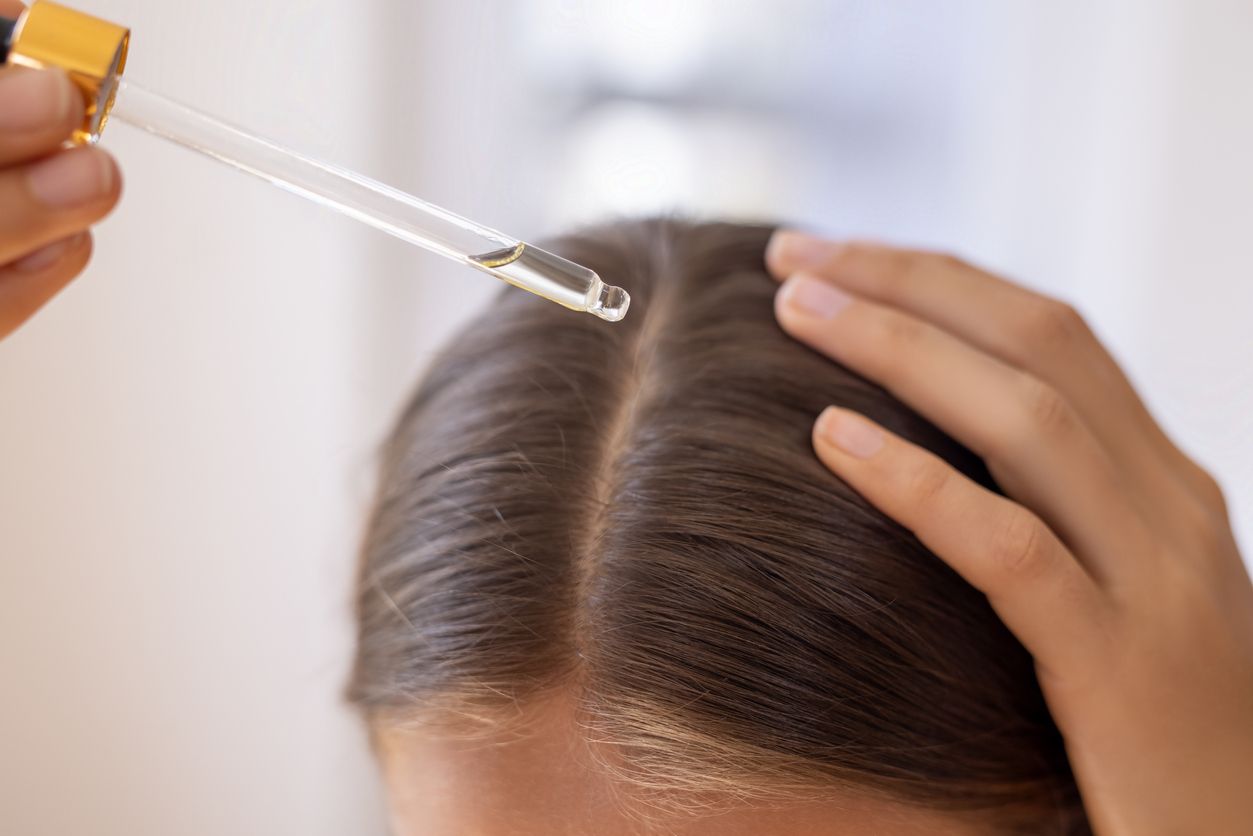
While you embark on the process of identifying the root cause of your sudden hair loss with your healthcare professional, there are some proactive steps you can take right away to potentially minimise further hair loss and promote a healthy scalp environment:
1. Reduce Stress Levels
Stress can be a significant trigger for hair loss. Explore relaxation techniques like meditation, yoga, or deep-breathing exercises to manage stress and potentially mitigate stress-induced hair shedding.
2. Prioritise a Balanced Diet
Nourishing your body with a well-balanced diet rich in essential vitamins and minerals provides the building blocks for healthy hair growth. Focus on incorporating foods rich in:
• Iron: Found in red meat, lentils, beans, and dark leafy greens.
• Zinc: Present in oysters, pumpkin seeds, chickpeas, and lean meats.
• Biotin: Found in eggs, nuts, seeds, and avocados.
• Vitamins A, C, D, and E: These vitamins are crucial for overall hair health and can be found in a variety of fruits, vegetables, and whole grains.
3. Minimise Scalp Irritation
• Hairstyle Choices: Opt for loose hairstyles that don't put strain on the hair follicles. Avoid tight braids, cornrows, or ponytails that can lead to traction alopecia.
• Gentle Hair Care: Use gentle, sulphate-free shampoos and conditioners that cleanse the scalp without stripping away natural oils. Limit the use of heat styling tools like curling irons and straighteners, as excessive heat can damage hair.
• Chemical-Free Approach: Minimise your use of harsh chemical treatments like bleaching or relaxing your hair. These treatments can irritate the scalp and damage hair follicles.
免費體驗
F8 Hair Regrowth Treatment
1 Minute Self-Registration
Date should not be before minimal date
Regain Thick and Fine Hair Again Starting From Today

Sudden hair loss can be challenging, but understanding its causes and taking prompt, effective actions can significantly mitigate its impact. Start trying a holistic approach, such as combining suitable treatments, lifestyle changes, and emotional support, to manage and prevent further hair loss!
免費體驗
F8 Hair Regrowth Treatment
1 Minute Self-Registration
Date should not be before minimal date
FAQ

1. What is female pattern hair loss?
Female pattern hair loss, also known as androgenetic alopecia, is a common condition characterised by gradual thinning of hair on the scalp in a pattern similar to male pattern baldness. It is caused by a combination of genetic factors and hormonal changes.
2. How can I stimulate hair growth naturally?
You can stimulate hair growth naturally by adopting a healthy diet rich in vitamins and minerals, using gentle hair care products, avoiding tight hairstyles, managing stress levels, and getting regular scalp massages to improve blood circulation.
3. Is hereditary hair loss preventable?
Hereditary hair loss, also known as genetic baldness, cannot be completely prevented as it is influenced by your genes. However, early intervention with treatments like minoxidil, finasteride, or hair transplant procedures can slow down or manage hair loss effectively.
4. What are the causes of male pattern baldness?
Male pattern baldness, or androgenetic alopecia in men, is primarily caused by genetic factors and hormonal changes. It is characterised by a receding hairline and hair loss at the crown of the head, resulting in a distinct pattern of baldness.
5. How does a hair transplant work?
A hair transplant is a surgical procedure that involves transplanting hair follicles from a donor site (usually the back or sides of the scalp) to the bald or thinning areas. This procedure can effectively restore lost hair and improve hair density in areas affected by baldness or hair loss.








